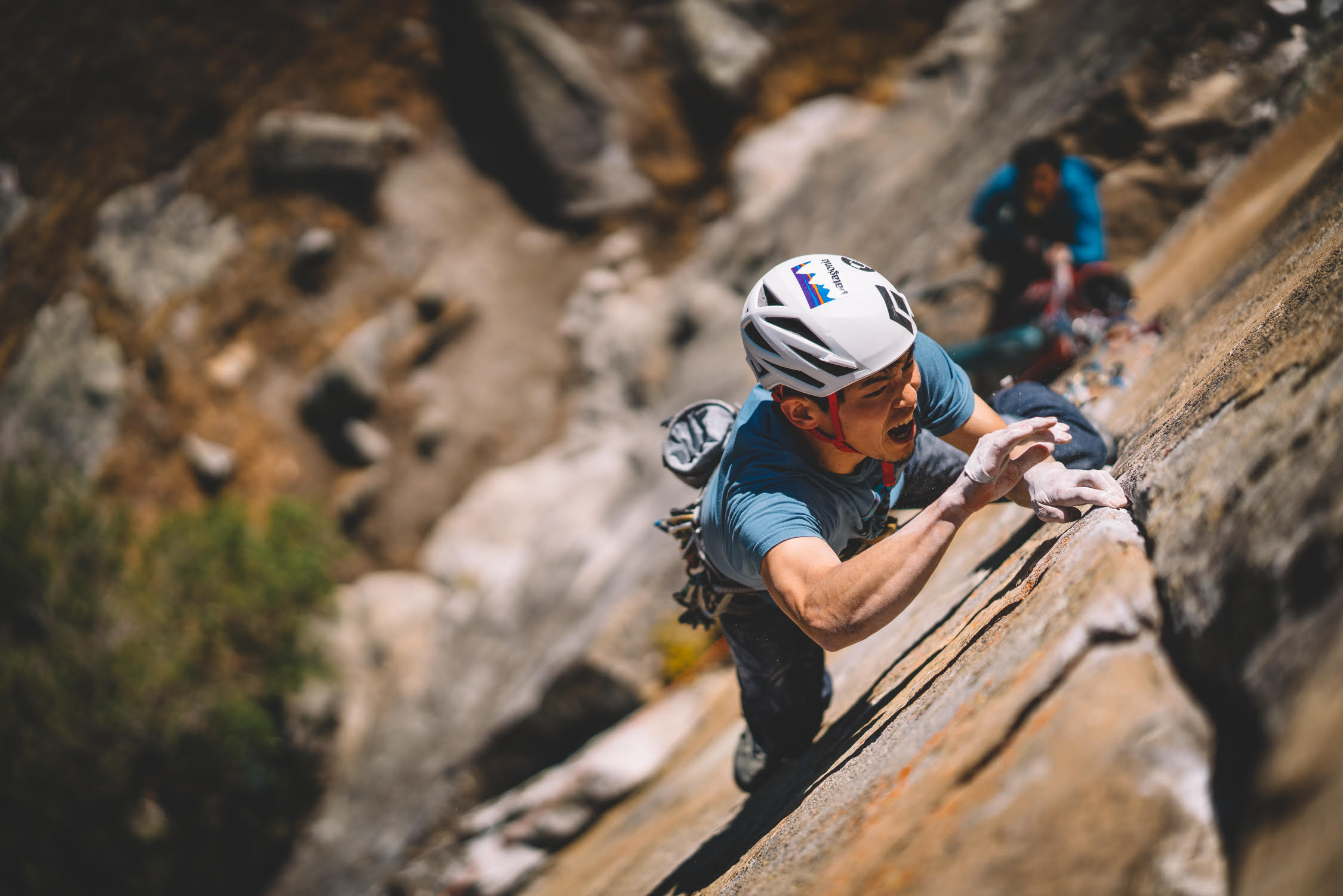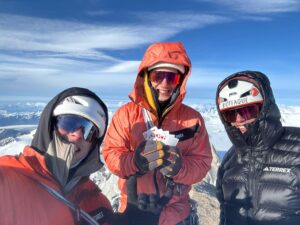A brief story in Japan’s YBS News today reported the death of a young man at the 8th station of the Yoshida route on the Yamanashi side of Mt. Fuji. While sad, it would not be news except for the fact that the deceased is world-class rock climber Keita Kurakami. He was just 38 years old.
Kurakami had a serious heart condition, and he knew it. But he had refused the prescribed treatment, which would have meant the end of his career.
Kurakami was born in Gunma prefecture in 1985 and started climbing in high school. He was first attracted to bouldering. After about a decade, he re-focused on trad, multi-pitch, and big wall climbing outside Japan. He had a particular passion for opening new routes.
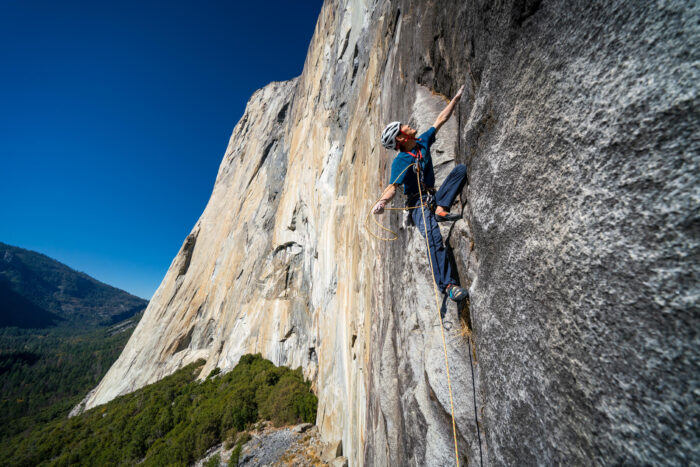
Keita Kurakami rope-solos El Capitan. Photo: Drew Smith
In 2015, he and partner Yusuke Sato opened what was considered the hardest multi-pitch route in Japan — Senjitsu no Ruri, “A thousand days of lapis lazuli” — up the Moai Face of Mt. Mizugaki.
Kurakami wrote a long report about the climb, the mountain, and his own perceptions of climbing for Alpinist magazine. Read it here. Two years later, he made the fifth ascent of Walk of Life, a famous E9 6c slab route in the UK.
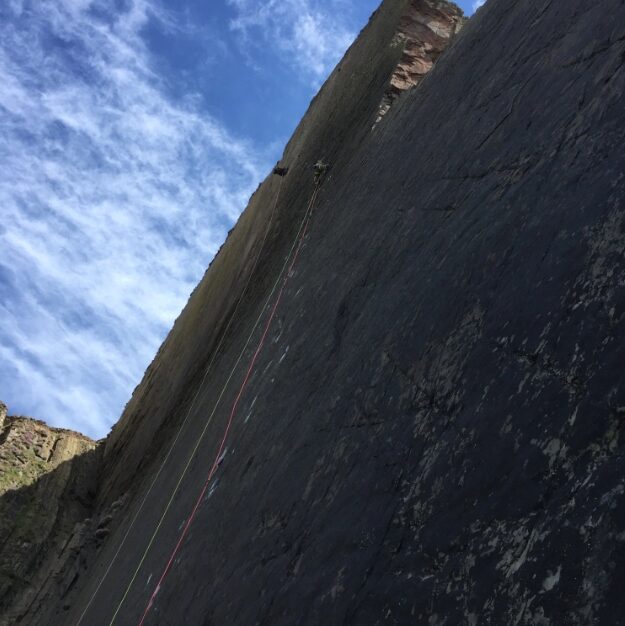
Keita Kurakami on Walk of Life, UK. Photo: Keita Kurakami
In 2018, Kurakami completed the first free climb rope solo of Yosemite’s El Capitan. (He climbed alone but self-belayed with a gri-gri and rope system.)
“Kurakami had redpointed every individual pitch on the Nose the previous year but decided that he wasn’t satisfied with his style because he didn’t free the route from the ground in a single push,” Alpinist wrote about him. Kurakami had promised to return to El Cap and “climb it in a better style.”
He also held a degree in physics and shared a transcendental view of climbing “as a continuum of contact points and discovery where nature, people, the past, and the future intersect,” as he put it. “I aspire to free climbing as an expression of physical art and philosophy.”
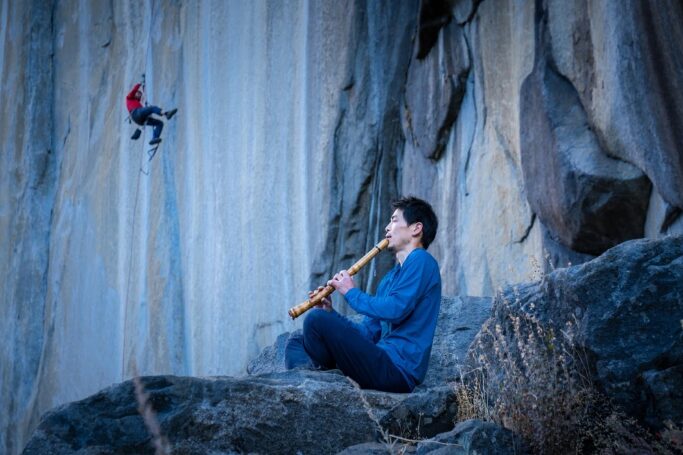
Kurakami plays the shakuhachi beside Yosemite’s walls. Photo: Drew Smith
Cardiac condition
Kurakami’s cardiac condition showed up in 2021 after a hard training session. He was taking an active rest day, cycling with friends, when he collapsed at a street light, and his heart stopped. Paramedics managed to revive him on their third attempt.
Doctors diagnosed a ventricular arrhythmia caused by “exercise-induced coronary spasm angina.” Kurakami was told to quit climbing or risk sudden death. They also suggested that he get an implantable cardioverter defibrillator, a kind of pacemaker that can also deliver an electric shock. After reflecting on it for the three days he spent in the Intensive Care Unit, he refused.
“I thought that giving up climbing would be a choice I would regret later on,” he told a Japanese magazine in 2022. “Even if I lived to be 70 or 80 without climbing, would that really be a happy life for me?”
He decided that an implanted defibrillator could also malfunction and chose not to take that risk.
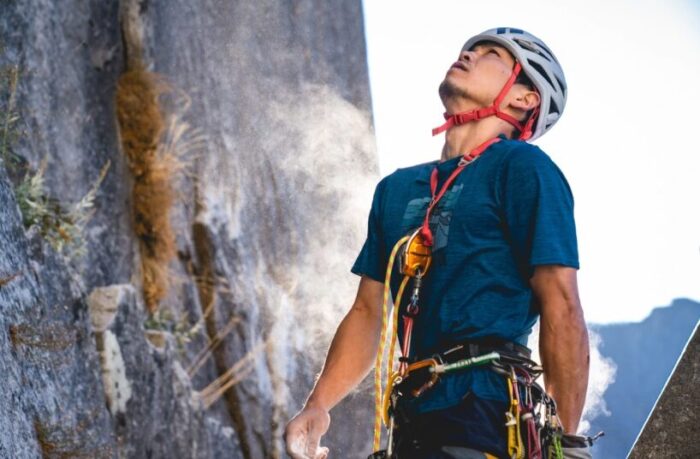
Keita Kurakami, rope-soloing Zodiac in Yosemite. Photo: Drew Smith
Kurakami read all he could about cardiac disease. He returned to exercising, following training methods from Kilian Jornet and Steve House. A year after he collapsed, Kurakami had returned to bouldering, running, and climbing for 18 hours non-stop. He felt 90% recovered. He progressively returned to climbing but always carried an AED with him.
“I chose a life with climbing over the risk to my own life,” Kurakami said. “But if the time came when I had to choose between climbing or my wife and family, I would not hesitate to give up climbing.”
Climb till the end
It is not clear if Kurakami changed his routines or treatment since then. According to his Instagram, he climbed till the last moment. Last week, he posted photos of himself rope-soloing Freedom, a 5.13 route.
Today, he set off on his last hike up sacred Mt. Fuji. Although the mountain is officially closed until July 1, some climbers venture up its slopes off-season. A friend who joined him called the emergency services when Kurakami lost consciousness some five hours into the hike. Kurakami was taken to the hospital, but this time, doctors could only confirm his death.
American climber and photographer Drew Smith was kind enough to share some photographs for this story. Smith met Kurakami when he rope-soloed El Cap.
“He was a very kind and joyful guy to be around,” Smith recalls. “The climbing he liked was very challenging and intense, but he had a calm presence and great energy.”
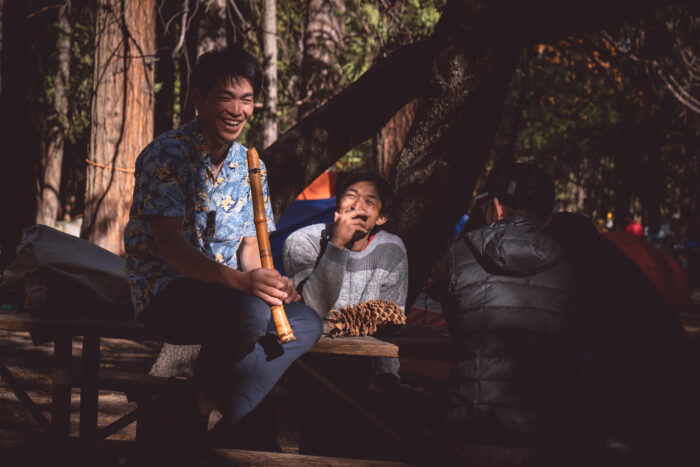
Keita Kurakami relaxes with friends at Yosemite’s Camp 4. Photo: Drew Smith
